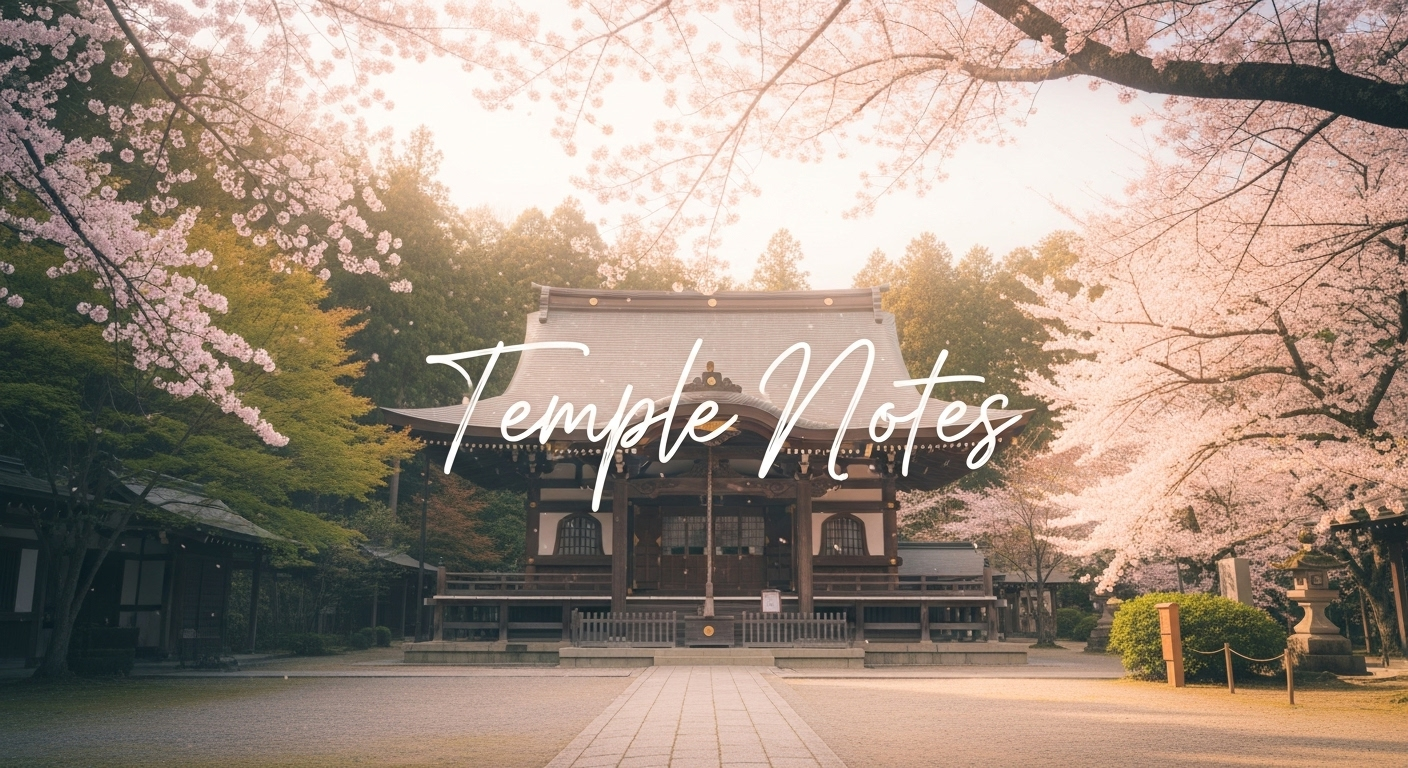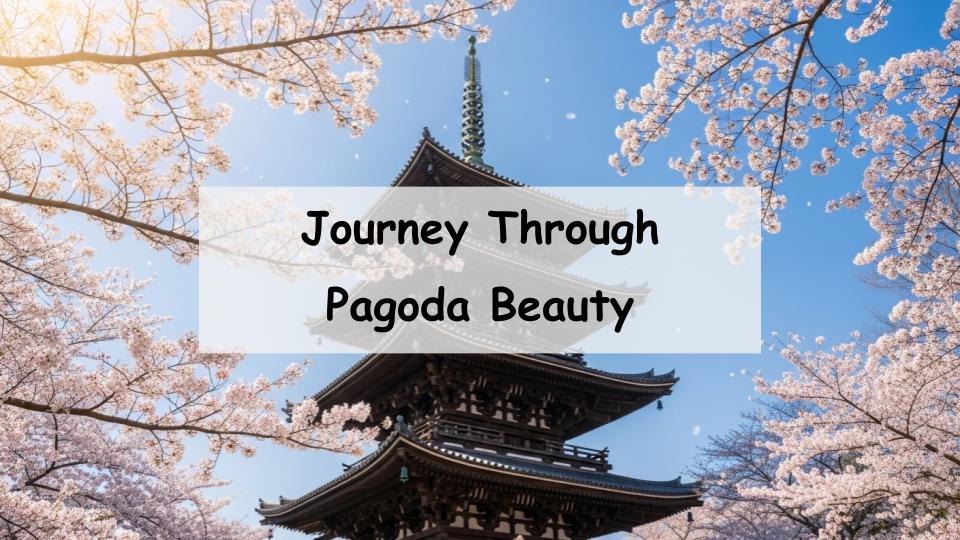Are you looking for a travel destination to experience the timeless beauty of Japanese architecture? Many people who search for “five-story pagoda” want to know which temples have the most impressive and beautiful pagodas.
In short, Japan is home to many five-story pagodas worth visiting, but some temples stand out for their exceptional combination of scenic beauty and historical significance.
This article carefully selects five famous temples renowned for their stunning five-story pagodas, detailing their unique features, highlights, and tips for visiting. Whether you’re planning your next trip or sightseeing itinerary, read on for valuable insights.
The Charm and History of Five-Story Pagodas
What is a Five-Story Pagoda? Basic Structure and Meaning
A five-story pagoda is a traditional Buddhist architectural structure in Japan composed of five distinct tiers, each topped with a roof. Its unique construction includes a central pillar called the “shinbashira,” which supports the building and provides earthquake resistance. The number five symbolizes the five elements of Buddhist cosmology: earth, water, fire, wind, and void (sky), representing the universe.
Historical Background and Role of Five-Story Pagodas
The origin of five-story pagodas traces back to India’s stupas, which spread through China and Korea before reaching Japan. The oldest existing wooden pagoda in the world is at Horyu-ji Temple, built in the 7th century. Pagodas traditionally house sacred relics and scriptures, serving as spiritual focal points and symbols of faith within temple complexes.
Religious and Cultural Significance of Five-Story Pagodas
More than architectural feats, five-story pagodas embody Buddhist teachings and cultural heritage. Their towering form symbolizes the connection between heaven and earth, carrying the prayers and hopes of worshippers. The design details, such as the curved roofs and ornamental features, reflect Japan’s unique aesthetic sensibilities and artistic values.
5 Famous Temples with Beautiful Five-Story Pagodas
Horyu-ji Temple’s Pagoda: The World’s Oldest Wooden Structure
Located in Nara Prefecture, Horyu-ji’s five-story pagoda is recognized as the oldest wooden building still standing worldwide. Constructed in the 7th century, it represents the foundation of Japanese architectural mastery. Its majestic presence captivates visitors and holds immense historical importance.
To-ji Temple’s Pagoda: Kyoto’s Icon and Night View Spot
Kyoto’s To-ji Temple boasts a 55-meter tall five-story pagoda, a defining symbol of the city. Its beauty is striking both by day and when illuminated at night, offering a magical atmosphere. The surrounding area is lively with restaurants and gardens, making it a popular tourist hub.
Kofuku-ji Temple’s Pagoda: Historical Scenery in Nara
Situated in the heart of Nara City, Kofuku-ji’s pagoda harmonizes beautifully with the scenic Nara Park. The stately structure, steeped in history, is especially breathtaking during cherry blossom season and autumn foliage, offering year-round stunning views.
Daigo-ji Temple’s Pagoda: A Harmony of History and Nature
Nestled in the hills of Kyoto, Daigo-ji’s five-story pagoda blends seamlessly with its natural surroundings. Registered as a World Heritage Site, it holds great cultural value. The temple grounds, adorned with cherry blossoms in spring and colorful leaves in autumn, create a serene and restorative atmosphere.
Ruriko-ji Temple’s Pagoda: Radiant Beauty in Tranquility
Located in Yamaguchi Prefecture, Ruriko-ji’s pagoda stands out with its pure white walls that contrast vividly against lush greenery and blue skies. The peaceful environment allows visitors to admire the structure’s delicate design, which is further enhanced by enchanting nighttime illumination.
Tips for Enjoying Five-Story Pagodas on Your Trip
Best Seasons and Recommended Visiting Times
Five-story pagodas shine in harmony with seasonal landscapes, making spring (cherry blossom) and autumn (fall foliage) the ideal times to visit. Early mornings and late afternoons are preferable for avoiding crowds and enjoying a quiet, contemplative experience.
Nearby Attractions to Explore
Temples with five-story pagodas often contain other historic buildings, beautiful gardens, and treasured Buddhist statues. Surrounding areas may include traditional townscapes and hot springs, expanding your travel options. Kyoto and Nara, in particular, offer numerous nearby sites perfect for a full-day tour.
Photography Tips and Scenic Spots
To capture stunning photos of pagodas, consider angles that showcase the entire silhouette against natural backgrounds. Avoid shooting against harsh backlight; instead, utilize the soft morning light or warm hues of sunset to highlight architectural details and enhance visual appeal.
Preservation and Restoration Efforts for Five-Story Pagodas
Importance of Maintenance and Management
Due to their age and exposure to natural elements like rain and earthquakes, five-story pagodas require regular inspections and careful preservation. Experts apply traditional techniques combined with modern methods to maintain the structures’ integrity and cultural value.
Recent Restoration Projects
Major temples such as Horyu-ji and To-ji have recently undertaken restoration projects that blend cutting-edge technology with ancient craftsmanship. These efforts aim to preserve the original beauty while ensuring the pagodas remain safe and stable for future generations to appreciate.
A Message from the Guide

Seeing a five-story pagoda from a distance always lifts my spirits.










Comment